Advocates ‘devastated’ by major budget snub
Moments after Labor’s second budget was released, Professor Euan Ritchie took to Twitter to declare Australia was growing ‘meaner’ and ‘crueler’ - here’s why.
For a Government that has promised to take action on climate change and environmental protection after a “decade of neglect” by the Coalition, Labor’s second budget has left experts and advocates bitterly disappointed.
Although this budget was always expected to prioritise cost of living relief, there was hope that – because of Labor’s efforts to make good on its environmental election promises – there would be substantive funding for climate action.
But when Treasurer Jim Chalmers handed down the Government’s plan for a “stronger economy and a fairer society”, Deakin University Professor of wildlife ecology and conservation Euan Ritchie was “devastated” to hear there was no such policy talk.
On budget night, Professor Ritchie took to Twitter to vent his frustrations in a searing criticism of the Government’s budget allocations, writing: “Australia is growing meaner, crueler (sic), more selfish, and still racing towards environmental carnage.”
Australia is growing meaner, crueler, more selfish, and still racing towards environmental carnage. I’m gutted by the response of government. #Budget2023
— Professor Euan Ritchie 🌠🌳 🾠🔥 🎶 (@EuanRitchie1) May 9, 2023
He later told news.com.au his disappointment was shared by many in the sector, because the 2023-24 budget “continues to neglect and perpetuate the myth that we can’t properly invest in conservation or protecting the environment and wildlife”.
“We are in a biodiversity and climate crisis, which is an existential threat to life as we know it,” Mr Ritchie said.
“We simply can’t meet Labor’s targets for no new extinctions or arresting climate change if the Government won’t make the investments.”
The 2023-24 budget allocations that have been made to climate change and environmental actions are focused mainly on energy: Improving efficiency, costs and, significantly, spending $4 billion to turn Australia into a “renewable energy superpower”.
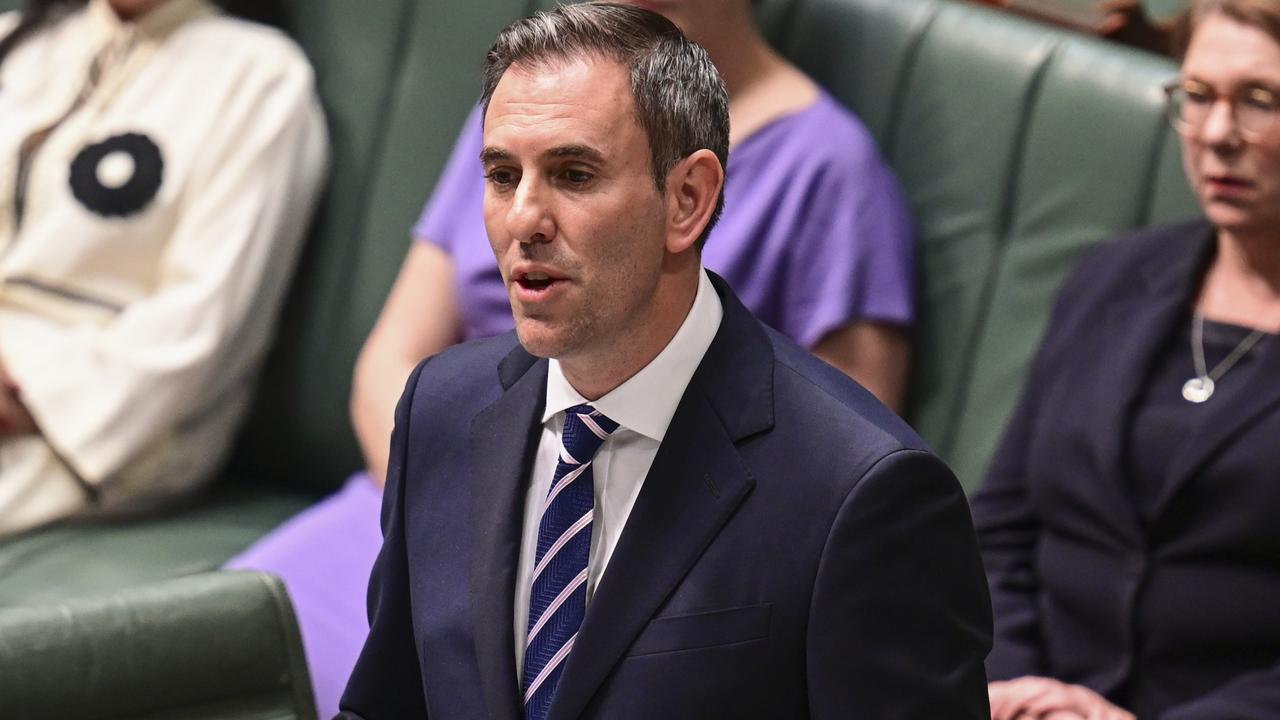
“Australia’s biggest opportunity for growth and prosperity is the global shift to clean energy,” Dr Chalmers said in his budget speech on Tuesday night.
“By acting now, our resources, our researchers and our regions can help power the world.”
At the centre of the $4 billion plan is a $2 billion investment to kickstart the new “Hydrogen Headstart Program” to support the manufacturing and export of “green” hydrogen gas.
Other funds include $1.6 billion for the Energy Savings Package, sold to Australians as cost of living relief by making energy-efficiency upgrades more accessible to households and businesses.
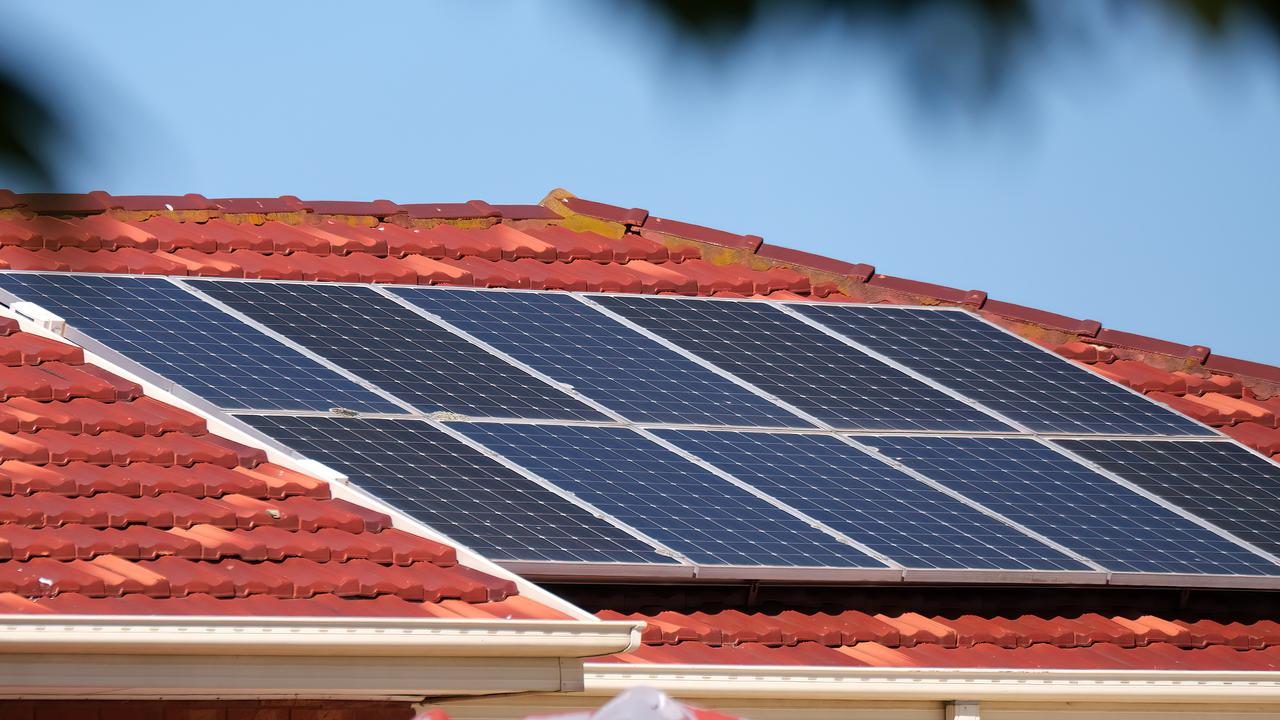
And although they are the biggest allocations, Labor has set aside hundreds of millions of dollars more to fund environment policy, protection and repair projects over its first term.
That includes $121 million over four years to establish Environment Protection Australia, a watchdog-like entity that tasked with enforcing environmental laws.
Another $51.5 million is going towards creating Environment Information Australia, which will provide in-depth, up-to-date environmental data to support regulation, planning, and reporting – or what Labor calls its “Nature Positive Plan”.
Other key environmental allocations include: $845 million for enhanced biosecurity efforts, $355 million for national parks, $302 million to help farmers slash their emissions and strengthen sustainable agriculture practice, $200 million on disaster mitigation efforts, and another $118.5 million to improve local waterways.
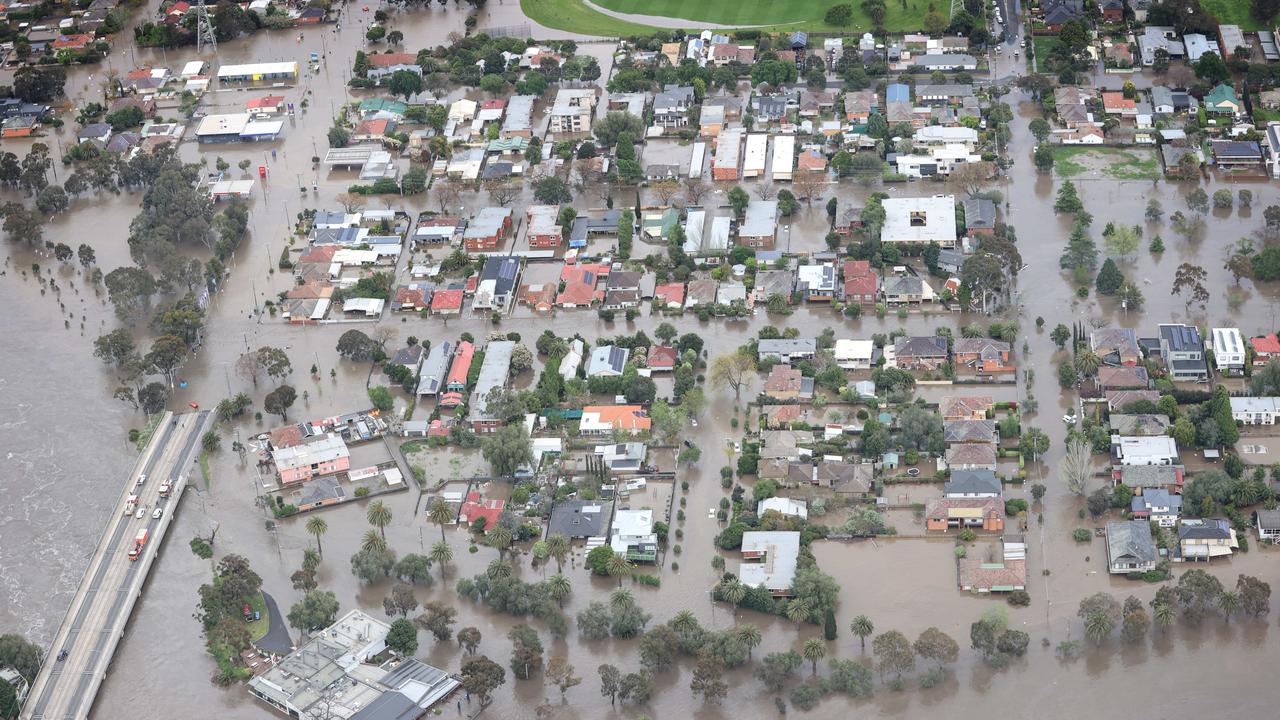
From an outside perspective, it might look like the environment picked up a pretty good haul from the budget goodie bag. But a number of Australia’s leading environmental advocacy organisations have also criticised what Prof Ritchie described as “piecemeal” offerings.
The Climate Council led the criticism on Tuesday night, with chief executive officer Amanda McKenzie calling the allocations a “warm-up lap in history’s most important race”. She called on the Government to “unlock” renewables as soon as possible.
“The Labor Government has demonstrated in this Budget that they want to support Australians who are struggling. Climate change makes every Australian vulnerable, so the scale of investment on climate action needs to match the task ahead of us,” Ms McKenzie said.
“We can’t settle for a slow jog when the climate crisis calls for a sprint. Climate change is already reshaping our world; the Government needs to fundamentally reshape budgets to tackle it.”
Meanwhile Australian Conservation Foundation chief executive Kelly O’Shanassy said while she welcomes the funding for clean energy, climate adaptation and disaster relief, Labor’s approach to the “biodiversity crisis could best be described as timid”.

Prof Ritchie echoed those sentiments, saying that although any funds are “obviously useful”, what has been offered goes “nowhere near” what is needed to meet Labor’s aspirations for no new extinctions, protecting 30 per cent of our land and waters, or emissions targets.
He said the other allocations prove it is not a problem of money supply, but choosing where to put it – on a real “existential threat” like climate change, or lump billions into Stage 3 tax cuts, fossil fuel subsidies, or nuclear submarines “for a potential threat that may or may not occur”.
In fact, experts have estimated spending $2 billion a year would protect hundreds of Australia’s endangered species and damaged ecosystems. An additional $2 billion over the next 30 years could restore 13 million hectares of land, according to another report.
Spending $60 billion between now and 2050 on the environment is six times less than the $268-$368 billion Australia is estimated to spend on the controversial AUKUS nuclear submarine deal in the same period.
The Federal Government could scrap the Stage 3 tax cuts, which experts say will cost the budget about $20 billion a year when they come into effect from mid-2024, and redirect the money into protecting ecosystems many times over – and there would still be funds to spare.
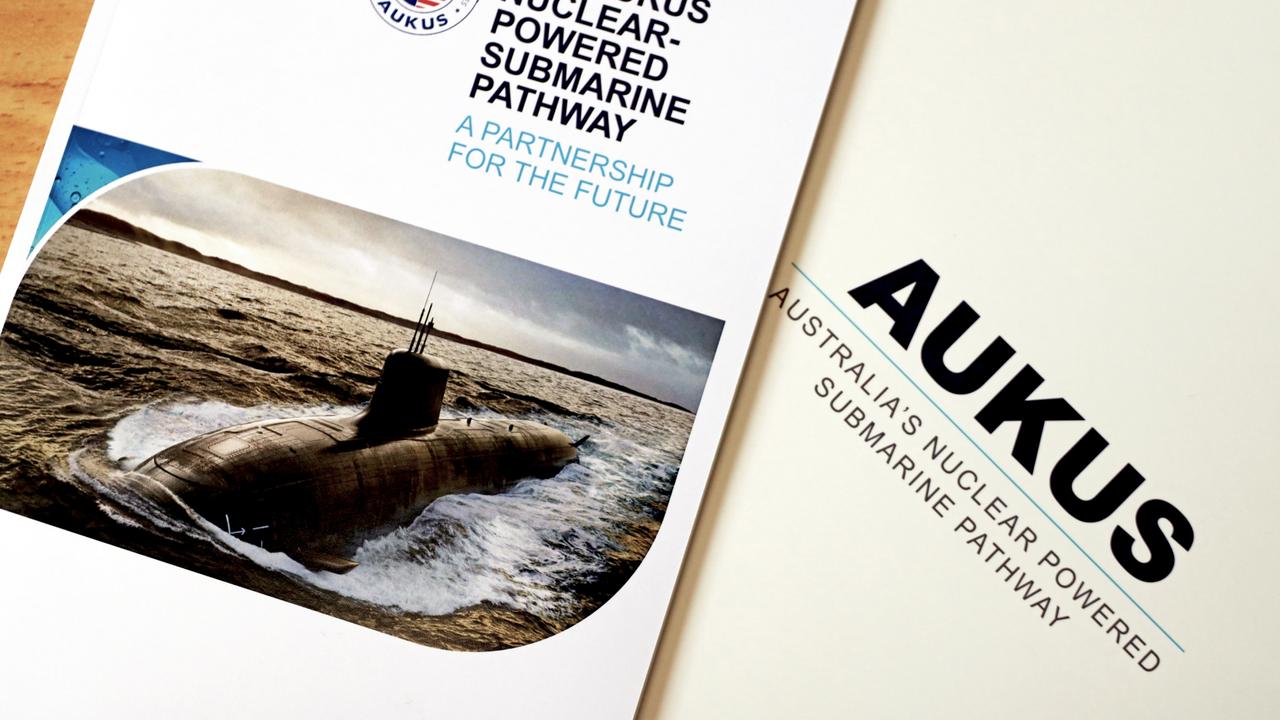
“This budget is another missed opportunity,” Prof Ritchie said.
“People say we can’t afford to spend on the environment because we need to spend on this, or that. We can and should do both. We need to do both.
“It’s absolutely incorrect to say we can only do one at a time, not both. We know people’s wellbeing and lifestyle and more is utterly dependent on the environment.”
He said we need to change the way we think about spending on the environment, that “it’s not a cost, it’s an investment”.
“And we’re still not taking that opportunity for incredible investment.”
News.com.au approached the Federal Department of Climate Change Energy, the Environment and Water to respond to the criticism. Both ministers backed the funding allocations.
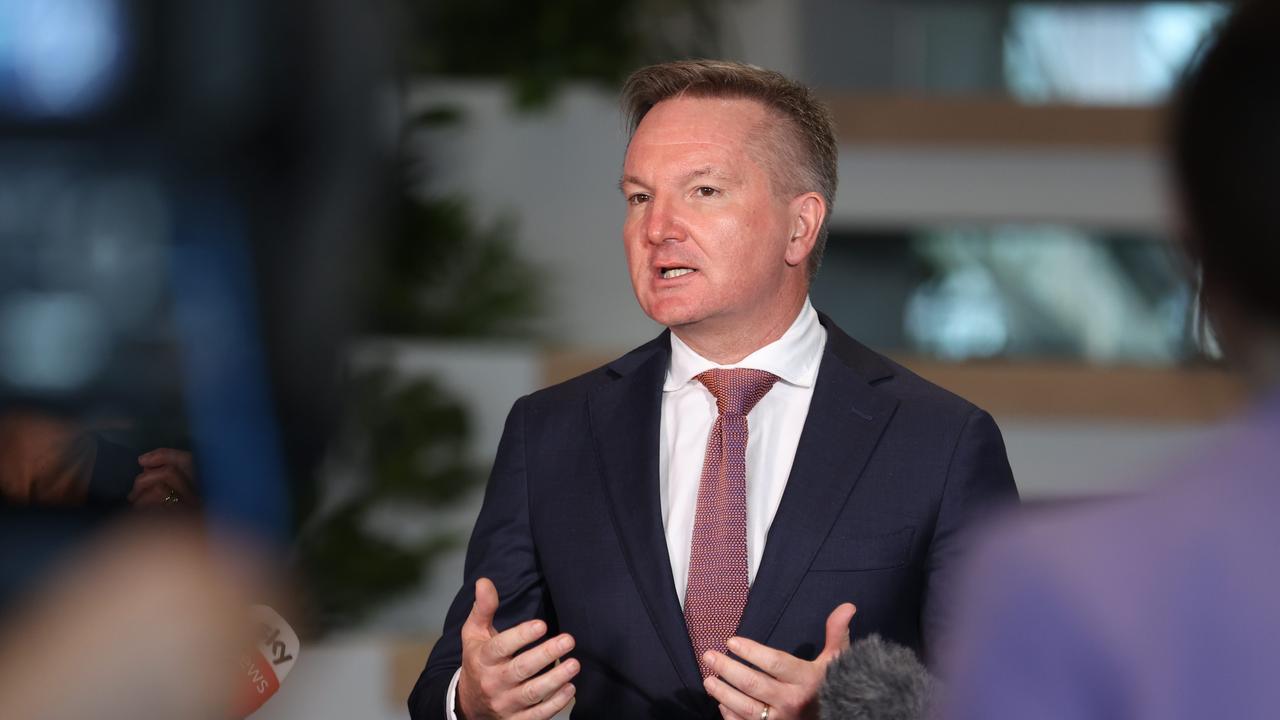
“This budget doesn’t just provide immediate energy bill relief for Australian families, it also adds to record investment in becoming a renewable energy superpower, powering cleaner cheaper energy at home and abroad,” a spokesman for Climate Change and Energy Minister Chris Bowen said.
The billions in new funding “builds on the $20 billion Rewiring the Nation plan to build a modern energy grid to deliver 82 per cent renewables by 2030”.
Environment and Water Minister Tanya Plibersek also defended the budget allocations, saying Labor has been proactive in protecting native ecosystems.
“We didn’t wait to help our precious native plants and animals. We’ve already locked in funding to protect our precious threatened species,” Ms Plibersek said in a statement to news.com.au.
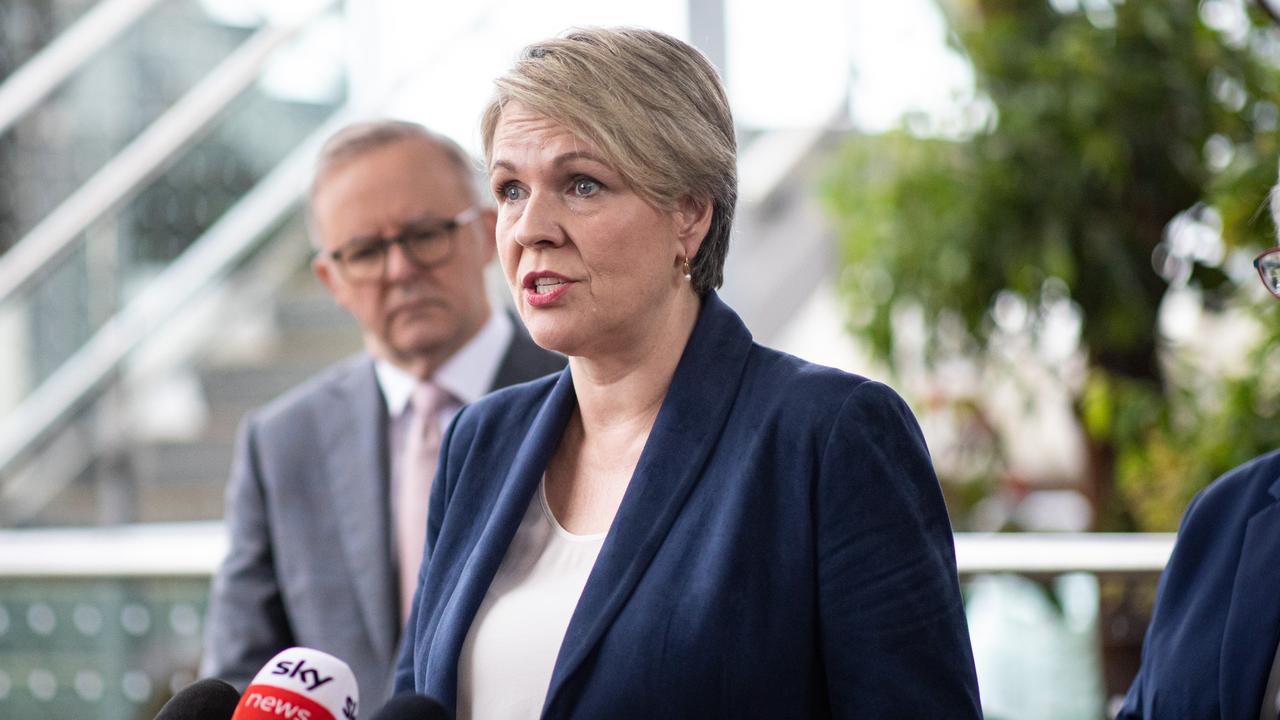
The October budget, she said, included $224.5 million for its Saving Native Species Program, which was already being rolled out and included $70 million to protect koalas. This budget dedicated $440 million through the Natural Heritage Trust to conserve threatened species and ecosystems.
“But we also know that protecting threatened species requires action across government. We can’t do it without protecting critical environments and the animals that live in them,” Ms Plibersek said.
“Which is why we are rewriting our broken environmental laws – to better protect, manage and restore our environment.
“It’s why we are funding a new Environment Protection Agency – to make sure our laws are being enforced on the ground. And funding Environment Information Australia so we know where threatened species are so we can better protect them.”
Originally published as Advocates ‘devastated’ by major budget snub




